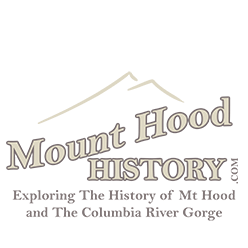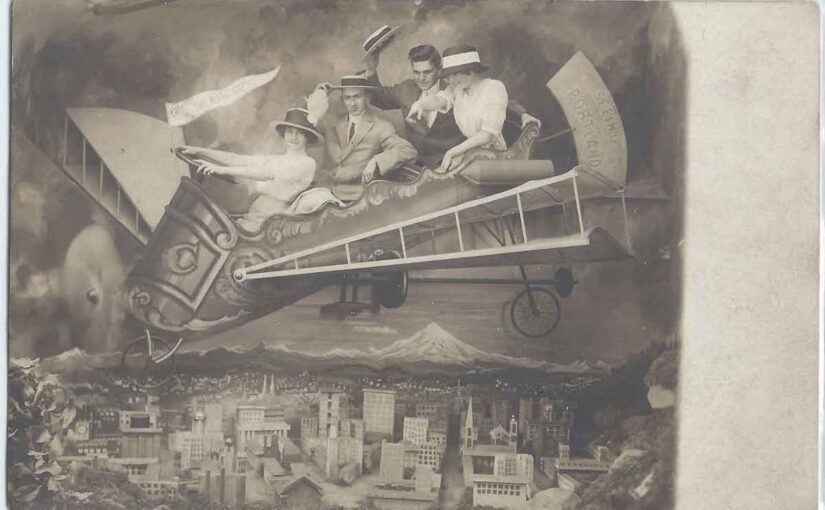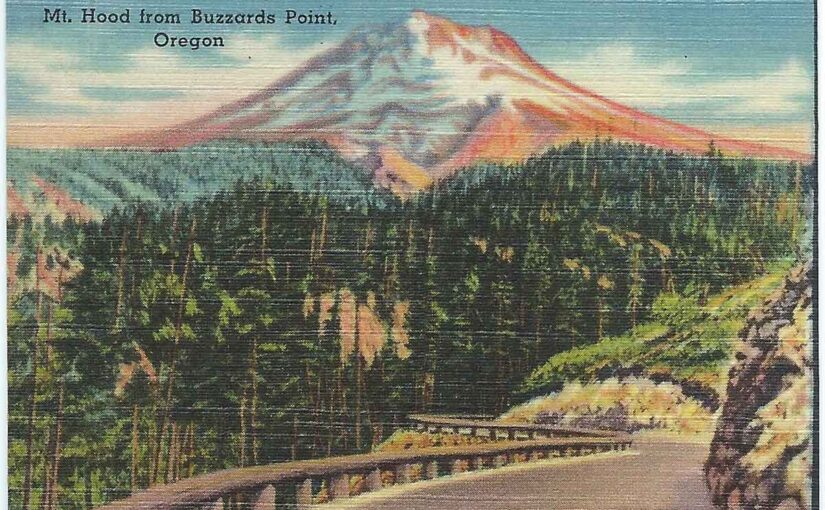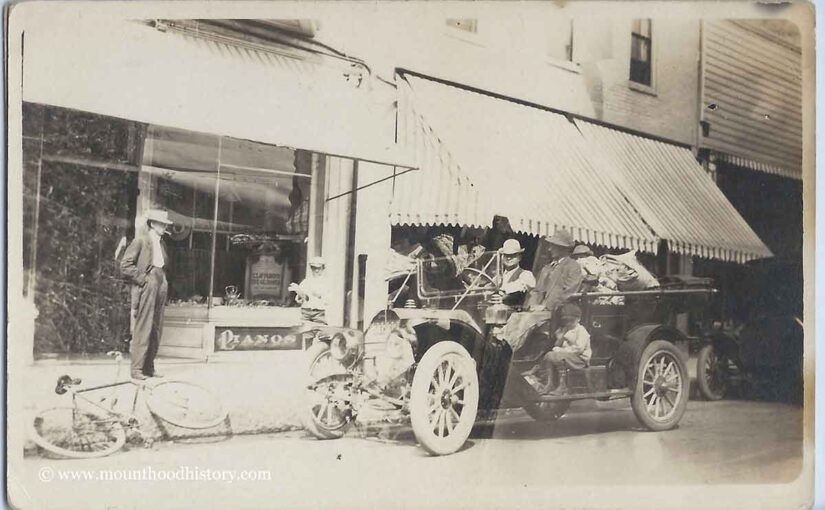Cal Calvert and His Flying Studio: Postcard Photography in Early Portland
The Early Days of Photography
During the early days of photography, long before everyone carried a camera in their pocket, getting your photo taken was a special experience. By 1910, the consumer camera had only been available for about a decade. For many people, especially those in rural areas, a professional studio portrait with family or friends was a rare luxury—sometimes a once-in-a-lifetime opportunity.
Being a photographer in that era could be a decent living, but it wasn’t always easy. There was plenty of competition, so those in the trade had to get creative. Few photographers could rely on customers simply walking through their studio doors. Instead, many hit the road.
Postcards: The Social Media of Their Time
Photographers often traveled to scenic spots to shoot landscapes for use on postcards, which were in high demand with tourists. Others took a more personal approach—knocking on the doors of farmhouses and homes, offering on-the-spot portraits. Families would order copies and request postcards featuring their home, horse, or relatives, which they would then send to faraway friends and family.
Back then, postcards were one of the most popular ways to keep in touch. Telephones were still a luxury, cars were rare, and roads were rough. A quick phone call or road trip wasn’t usually an option. Letters were formal and often reserved for longer messages. In contrast, postcards were cheap, fast, and casual. Adding a photograph made them even better.
Meet Cal Calvert, the 10-Minute Postcard Man
One particularly creative photographer from Portland, Oregon stood out from the rest. His name was Charles “Cal” Calvert, and he became known for producing quick, personal photo postcards. He advertised himself as “Cal Calvert the 10 Minute Post Card Man.”
While most studios had a simple painted backdrop—usually a scenic view of the city with Mount Hood on the horizon—Cal went several steps further. His most memorable prop? A whimsical, homemade airplane with cockpits, designed for people to sit in and be photographed as if they were flying high above Portland.
Flying Over Portland… Sort Of
His “airplane” may not have been airworthy, but it was a hit with customers. People climbed in, smiled wide, and became airborne (at least in print). Behind them, the city of Portland stretched toward a dramatic skyline featuring the ever-present Mount Hood. The results were charming and lighthearted, especially in an era when most portraits were stiff and serious.
Calvert also offered other backdrop options—like a wood-and-ivy arbor for a more conservative look—but none captured the public’s imagination quite like the flying studio.
Mount Hood and the Portland Backdrop
Mount Hood shows up again and again in these postcards, and not just in Calvert’s work. Many photographers in Portland used hand-painted city scenes featuring Oregon’s iconic peak. Cars and planes—symbols of status and modernity—were often included as props. At a time when few people could afford such luxuries, being pictured next to one added a sense of aspiration and charm.
Faces from the Past
Over the years, I’ve collected a number of these photo postcards, including several created by Cal Calvert. For me, the best part is always the expressions on people’s faces. There’s a sense of fun, novelty, and pride in these portraits—even when they’re seated in a plywood plane.
I’ve also included some postcards with backdrops from other unidentified Portland photographers. Many of them still feature Mount Hood, and quite a few include cars or planes. They’re little slices of local history—nostalgic, imaginative, and uniquely Oregon.



